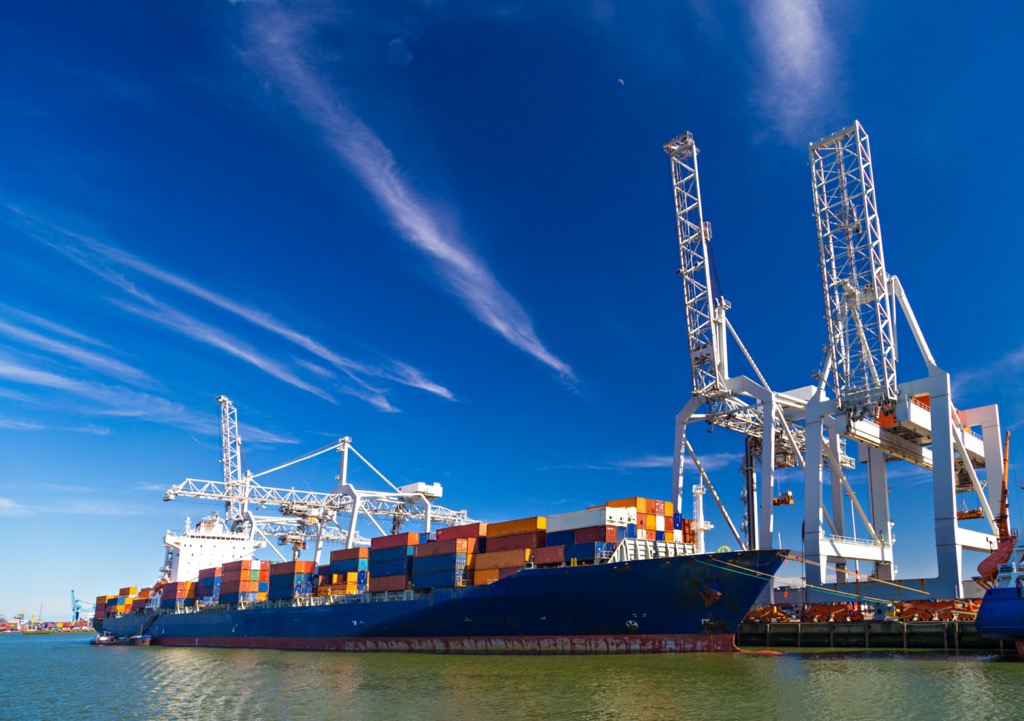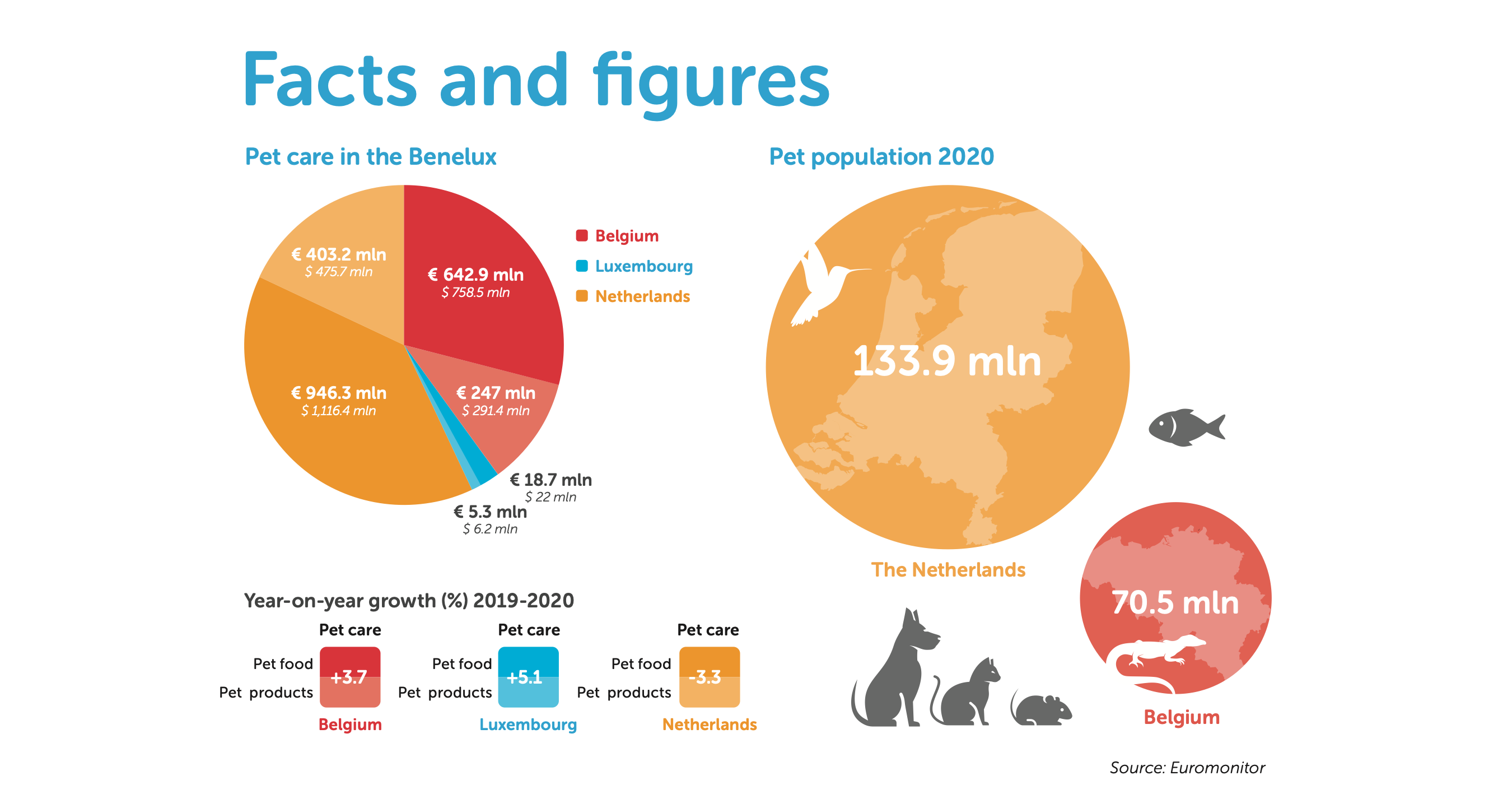Benelux: The door to Europe

Benelux ports are the international entry point to the European market. Pet industry players from all over the world use these ports to transship their products. PETS International interviewed a few players about their experiences with trading into Europe through the Benelux.
Rotterdam and Antwerp
Together, the Rotterdam and Antwerp ports are responsible for more than 24 million TEUs (the unit for cargo containers). This number outpaces all other ports in Europe by a factor of three.
Pets Lifestyle And You – US
P.L.A.Y. has around 300 SKUs to move into Europe. They use the Port of Rotterdam because their warehouse is closest to this hub.
One of the challenges they face in trading with European customers is the time difference, which sometimes makes it hard to immediately answer customers’ questions. And each country has its own protocols, payment methods and languages – leading to other challenges regarding shipment efficiency and package design. To make this easier, the company has a Dutch fiscal representative to handle their customs clearance.
P.L.A.Y. found the majority of their European distributors at trade shows. Face-to-face communication is ideal, because true desirability is best ascertained through body language and expression.
M-PETS – China and Belgium
M-PETS’ headquarters is in China, but their retail desk is in Belgium. That is one of the reasons why the company has chosen Antwerp as their entry point into the Benelux and Germany, where they sell more than 1,500 items.
Their challenges in Europe come from the fragmented European market with its different languages, different customs rules, non-uniform laws, and varying end-consumer requirements. Having to use several languages means extra labelling costs and less label space.
The company found their distributors through different channels: trade shows, advertising, personal contacts and LinkedIn.
Wanpy – China
Wanpy uses the Port of Rotterdam, because it is close to their own warehouse. They also ship their products through the Port of Hamburg to meet certain customers’ needs.
As Wanpy has been doing business in Europe for a long time, their wealth of experience enables them to provide the quality they aim to deliver.
Because they manufacture their products based on EU regulation, labelling and customs do not pose any challenges.
Wanpy finds their distributors via trade shows and internet, but is also approached directly by distributors eager to work with them, based on their reputation.
Rogz – South Africa
Rogz uses the Port of Rotterdam to move 70% of their goods into Europe. This is close to the warehouse belonging to their partner in the Netherlands, who also provides logistics and staffing for them.
One of the challenges the company faces is the different languages. Another is the cost and handling of the route to market for goods sourced from China. They try to overcome the difference in language by including all languages from the main markets on their packaging. Yet, it is a real effort to stay up-to-date all the time.
At first, Rogz found their distributors at trade fairs, but when they became more knowledgeable of the industry, they found their contacts via other contacts.
